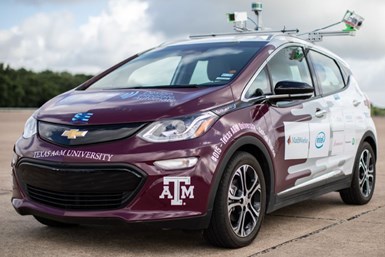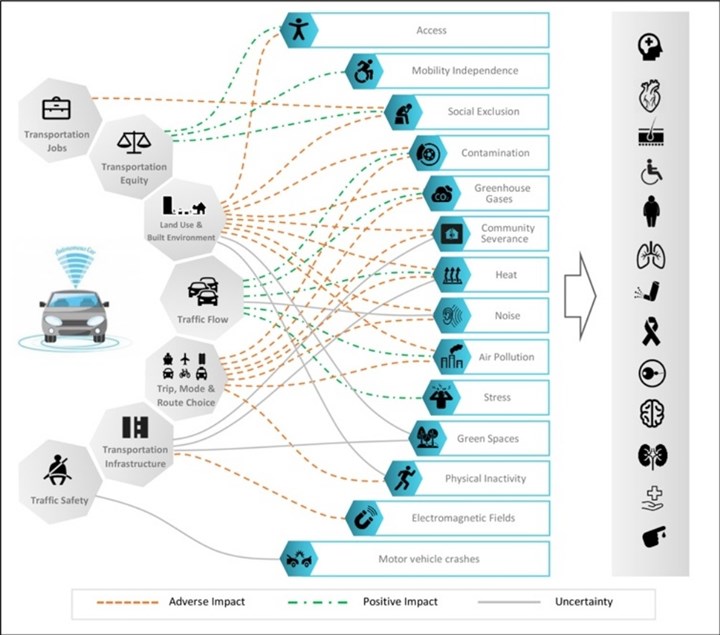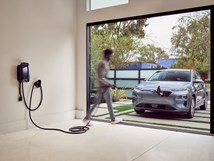Are Self-Driving Cars Bad for Your Health?
New study shows mixed results
Autonomous vehicles promise to dramatically improve safety by eliminating accidents caused by driver errors.

This, in turn, would reduce the number of traffic-related injuries and fatalities.
That’s the good news.
But there also are many other potential health-related consequences—good and bad—of self-driving vehicles, according to a new study conducted by researchers at Texas A&M University. The findings were published in in the December issue of Sustainable Cities and Society.
The Good and the Bad
The researchers identified 32 health factors related to self-driving vehicles.
Of the total, eight were deemed to be positive. In addition to the potential for fewer accidents, the good list includes greater access to mobility, a potential reduction in greenhouse gas emissions and less stress.
But more than twice as many (17) factors could negatively impact public health, according to the study. The other seven require further investigation, according to the researchers.

Image: Texas A&M University
Some of the risks are tied to the uncertainty of emerging technologies. This includes “edge cases” that limit the capability of sensors to detect other vehicles, bicyclists and pedestrians under varying conditions, as well as malfunctions, data misinterpretation, poorly executed responses and durability issues.
Autonomous vehicles also could create a false sense of security that leads people to take more risks, such as not wearing seatbelts or pedestrians paying less attention to traffic.
Meanwhile, future robo-taxis could lead to physical inactivity if more people opt for this type of transportation instead of walking or biking, the researchers note. Among the other potential risks cited are increased exposure to electromagnetic fields and less “green” space available.
More Research Needed
Noting that many of the potential benefits and risks are unclear, the authors call for further research to identify and analyze all the health related consequences of autonomous vehicles.
RELATED CONTENT
-
Engineering the 2019 Jeep Cherokee
The Jeep Cherokee, which was launched in its current manifestation as a model year 2014 vehicle, and which has just undergone a major refresh for MY 2019, is nothing if not a solid success.
-
Cobots: 14 Things You Need to Know
What jobs do cobots do well? How is a cobot programmed? What’s the ROI? We asked these questions and more to four of the leading suppliers of cobots.
-
On Automotive: An All Electric Edition
A look at electric vehicle-related developments, from new products to recycling old batteries.








